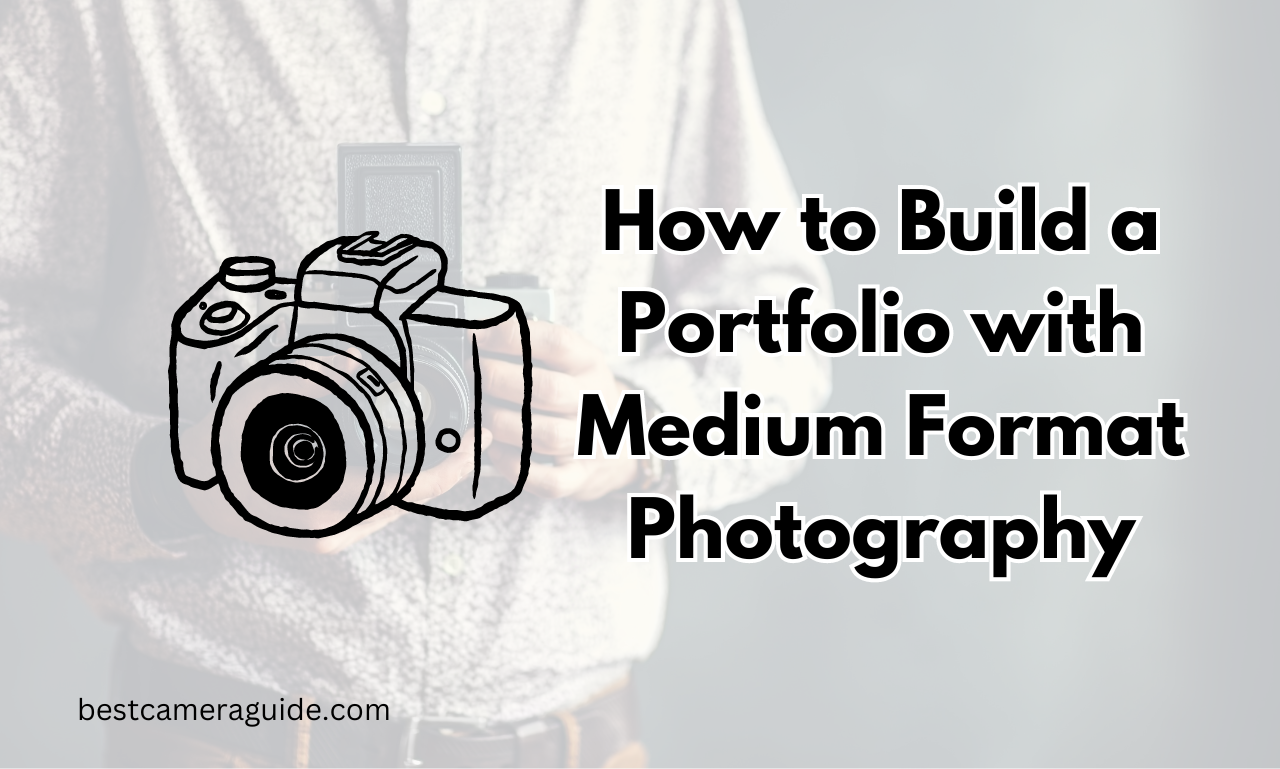Building a photography portfolio is crucial for showcasing your talent, especially when working with medium format cameras. These cameras offer exceptional detail and dynamic range, making them ideal for creating stunning visuals.
This guide will help you craft a professional portfolio that highlights your skills and attracts potential clients.
Keep Reading: Medium Format Sensors Insights
1. Why is Medium Format Photography Ideal for Portfolio Building?
| Image | Product | Price |
|
Our Pick
1
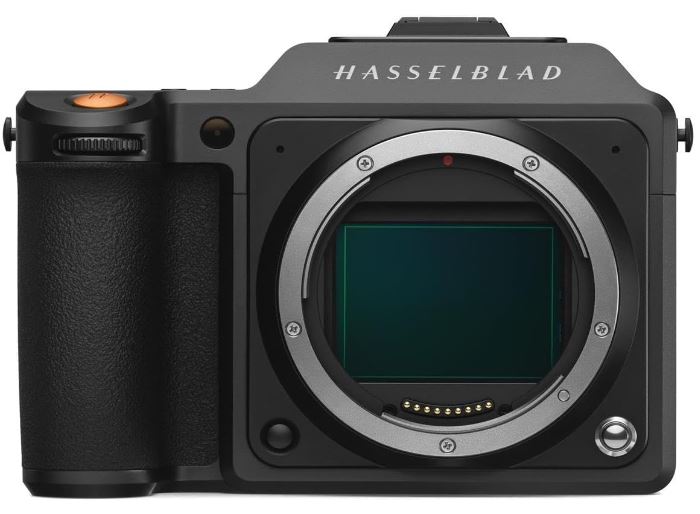
|
Hassel X1D |
|
|
2
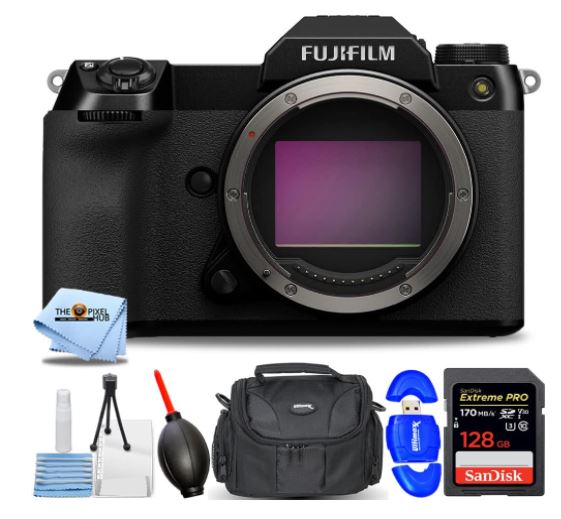
|
Fujifilm GFX |
|
|
3
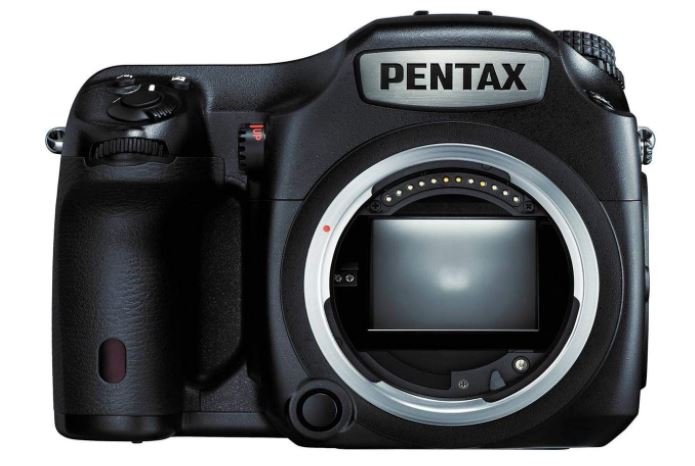
|
Pentax 6457 |
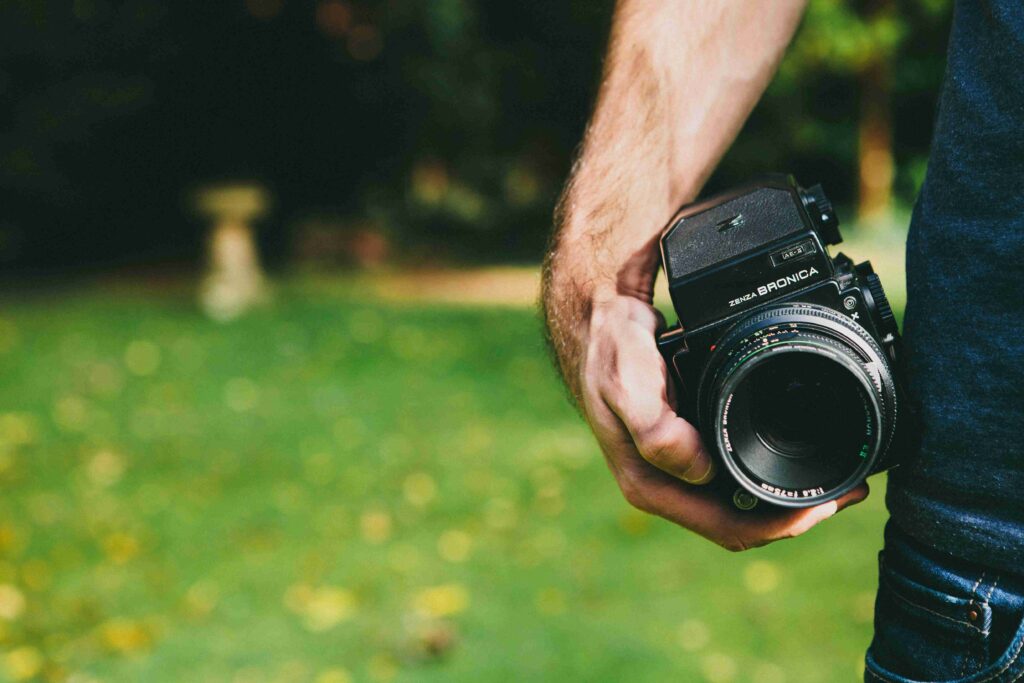
Medium format cameras capture incredible detail, providing images with higher resolution and better color depth. This level of quality is perfect for portfolios, making your work stand out in a competitive market.
2. How Do I Choose the Best Shots for My Portfolio?
Select images that showcase your versatility and technical skills. Include a mix of portraits, landscapes, and action shots to demonstrate your range. Ensure each photo reflects your unique style and expertise in medium format photography.
3. What Are the Key Elements of a Strong Photography Portfolio?
A strong portfolio should have a cohesive theme, high-quality images, and a clear narrative. Organize your work in a way that tells a story, guiding viewers through your creative process and technical abilities.
4. How Can I Incorporate Different Genres in My Portfolio?
Experiment with various genres like fashion, landscape, and fine art. Medium format cameras excel in all these areas, allowing you to showcase diverse skills and attract a broader range of clients.
5. Should I Include Post-Processing in My Portfolio?
Yes, showcasing your post-processing skills can be a plus. Medium format images often require careful editing to bring out their full potential. Include before-and-after shots to demonstrate your expertise in this area.
6. What Is the Best Way to Present My Portfolio Online?
Use a clean, professional website with easy navigation. High-resolution images are a must, and your website should be optimized for fast loading times. Consider using platforms like Behance or Adobe Portfolio for added visibility.
7. How Important Is Consistency in a Photography Portfolio?
Consistency in style, color grading, and theme is crucial. It helps create a cohesive body of work, making your portfolio more memorable and impactful. Avoid including images that don’t align with your overall theme.
8. Can I Use Print Portfolios Alongside Digital Ones?
Absolutely! Print portfolios add a tangible element to your work, offering a different experience for potential clients. High-quality prints on premium paper can make a lasting impression and complement your digital portfolio.
9. What Role Does Client Feedback Play in Portfolio Development?
Client feedback is invaluable for refining your portfolio. It helps you understand what works and what doesn’t from a client’s perspective, allowing you to make necessary adjustments to better meet market demands.
10. How Can I Keep My Portfolio Updated?
Regularly update your portfolio with new work to keep it fresh. Remove outdated images and replace them with recent projects that better reflect your current skill level and creative direction.
3 FAQs
Q1: How many images should I include in my portfolio?
A: Aim for 15-20 high-quality images that represent your best work. Quality over quantity is key.
Q2: Should I include personal projects in my portfolio?
A: Yes, personal projects can showcase your creativity and passion, giving clients a deeper insight into your artistic vision.
Q3: What software is best for organizing and displaying my portfolio?
A: Adobe Lightroom and Capture One are excellent for organizing your images, while platforms like Squarespace or Adobe Portfolio are great for displaying your work online.
Conclusion
Building a portfolio with medium format photography requires careful selection, consistency, and regular updates. By showcasing your best work and maintaining a professional online presence, you can attract potential clients and establish yourself as a skilled photographer in this niche.

